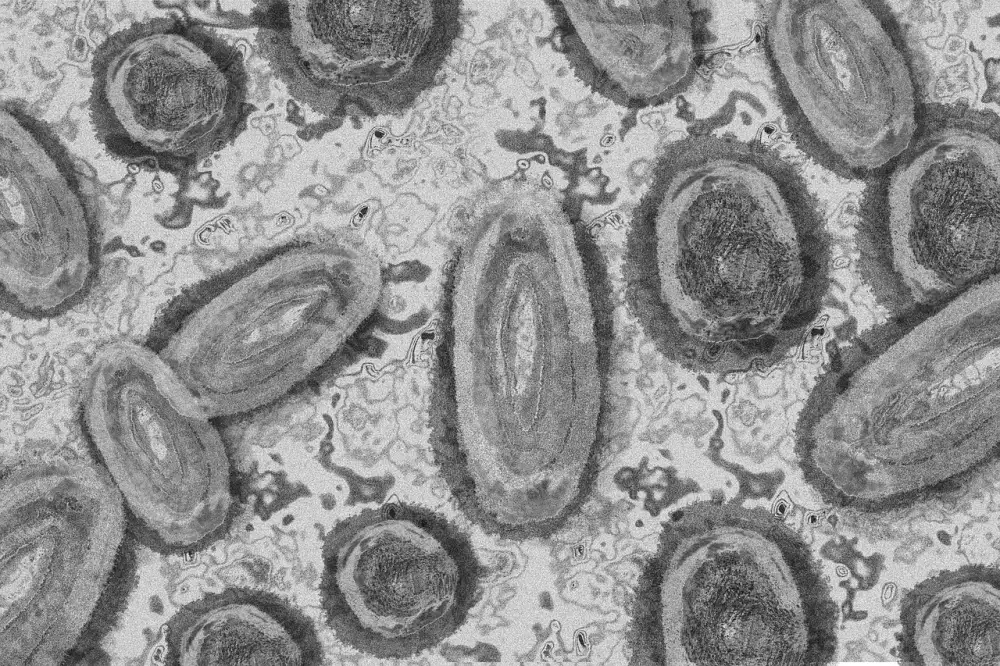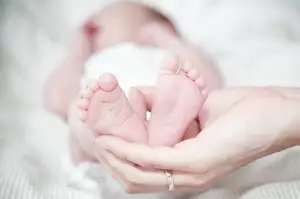What does chickenpox look like in children: a detailed guide to health in the medicine section

- What is smallpox and how is it transmitted?
- How to recognise smallpox in children
- What are the typical symptoms of chickenpox?
- How is chickenpox treated in children?
- How long does the course of smallpox last?
- How to prevent the spread of chickenpox?
- When is it appropriate to seek medical attention?
- What are the possible complications associated with chickenpox?
- What precautions should be taken when caring for a child with chickenpox?
- What are the preventive measures against smallpox?
What is smallpox and how is it transmitted?
The chickenpox is a viral disease that is caused by the varicella-zoster virus. This virus is transmitted through the air by sneezing, coughing or through contact with fluids from the vesicles. It is most commonly spread among children in schools and kindergartens. It is highly contagious and can easily spread in common areas. Adults who do not have immunity to the virus can also get smallpox from contact with an infected person.
How to recognise smallpox in children
Powpox is an infectious disease that is most commonly found in children. It manifests as a rash all over the body that starts as small red pimples and gradually turns into fluid-filled blisters. These blisters itch and may also appear on the mucous membranes of the mouth, nose or eyes. A child with chickenpox is also tired and has a fever. If you notice these symptoms in your child, he or she probably has chickenpox.
What are the typical symptoms of chickenpox?
Typical symptoms of chickenpox in children include a rash of itchy pimples that gradually turn into blisters and then into crusts. The rash usually appears on the face, trunk and extremities. It is also accompanied by fever, fatigue and headache. The blisters can be very itchy and the child often scratches, which can lead to infection and scarring. It is important to monitor the progress of the rash and seek medical attention if necessary.
How is chickenpox treated in children?
The treatment of chickenpox in children is mainly aimed at relieving the symptoms and speeding up the healing of the rash. It is important to keep the child calm and ensure adequate hydration. To treat itching, special ointments or creams that contain antihistamines are used. It is also possible to administer anti-inflammatory drugs, such as paracetamol, to reduce fever and pain. Cool compresses on the affected area are also suitable. When treating chickenpox, it is important to take care of hygiene, changing clothes regularly and washing hands frequently.
How long does the course of smallpox last?
The course of chickenpox in children usually lasts about 7 to 10 days. In the beginning, small red pimples appear, which gradually turn into fluid-filled blisters. These then burst and form crusts. During this process, children may experience itching and a mild fever. After a few days, new rashes no longer appear and older rashes begin to heal. It is important to follow hygiene precautions and protect the child from scratching to avoid infection or scarring.
How to prevent the spread of chickenpox?
To prevent the spread of smallpox, it is important to follow the following precautions:Isolate the sick child from others, especially pregnant women and newborns. The child should stay at home until all the pimples are dried and covered with scabs. Wash hands regularly with soap and warm water. Do not take the baby into public areas until it is completely healed. Disinfect toys and surfaces that come in contact with the sick child. Make sure other family members have sufficient immunity to smallpox.
When is it appropriate to seek medical attention?
It is advisable to seek medical attention in the following cases:
- If the child is younger than 6 months and suspected of having smallpox.
- If there is a fever of more than 38.5 °C that lasts for more than 4 days.
- If severe headache, vomiting, confusion, or impaired consciousness are present.
-- If there is redness of the whites of the eyes, photophobia or eye pain.
- If severe abdominal pain or vomiting is present.
- If shortness of breath, rapid breathing or chest pain occurs.
- If there is swelling of the face, lips or tongue.
In these cases, it is important to seek medical attention immediately so that the severity of the condition can be assessed and adequate treatment can be taken.
What are the possible complications associated with chickenpox?
Possible complications associated with chickenpox are rare, but can occur. The most common is a skin infection that can lead to an abscess or cellulitis. Another possible complication is pneumonia (pneumonia), which is especially serious in adults and immunodeficient individuals. In children, inflammation of the meninges (meningitis) or brain (encephalitis) can occur. The risk of these complications is lower in children who have been vaccinated against smallpox. Reye's syndrome, which affects the liver and brain, is also a rare but serious complication. It is important to monitor for signs of complications and seek medical attention if suspected.
What precautions should be taken when caring for a child with chickenpox?
There are several precautions to follow when caring for a child with chickenpox. The child should stay at home and avoid contact with other children to avoid spreading the infection. It is important to maintain cleanliness and hygiene, and wash the hands of the child and other family members regularly. Care should also be taken with clothing and bedding, which should be washed and disinfected regularly. To relieve the itching of the blisters, special preparations based on menthol or hydrocortisone can be used to relieve the unpleasant symptoms of chickenpox. While caring for the child, it is also necessary to ensure adequate drinking and a calm atmosphere to improve the overall condition.
What are the preventive measures against smallpox?
Preventive measures against smallpox include vaccination. There is a smallpox vaccine that is part of the routine vaccination schedule. Vaccination is recommended for children aged 12-15 months and then a second dose is given at 4-6 years of age. The vaccination protects against serious complications associated with smallpox and reduces the risk of infection. It is also important to follow hygiene precautions such as frequent hand washing, avoiding contact with sick people and keeping the environment clean. This can minimise the spread of infection among children.
Published: 07. 01. 2024
Category: medicine




